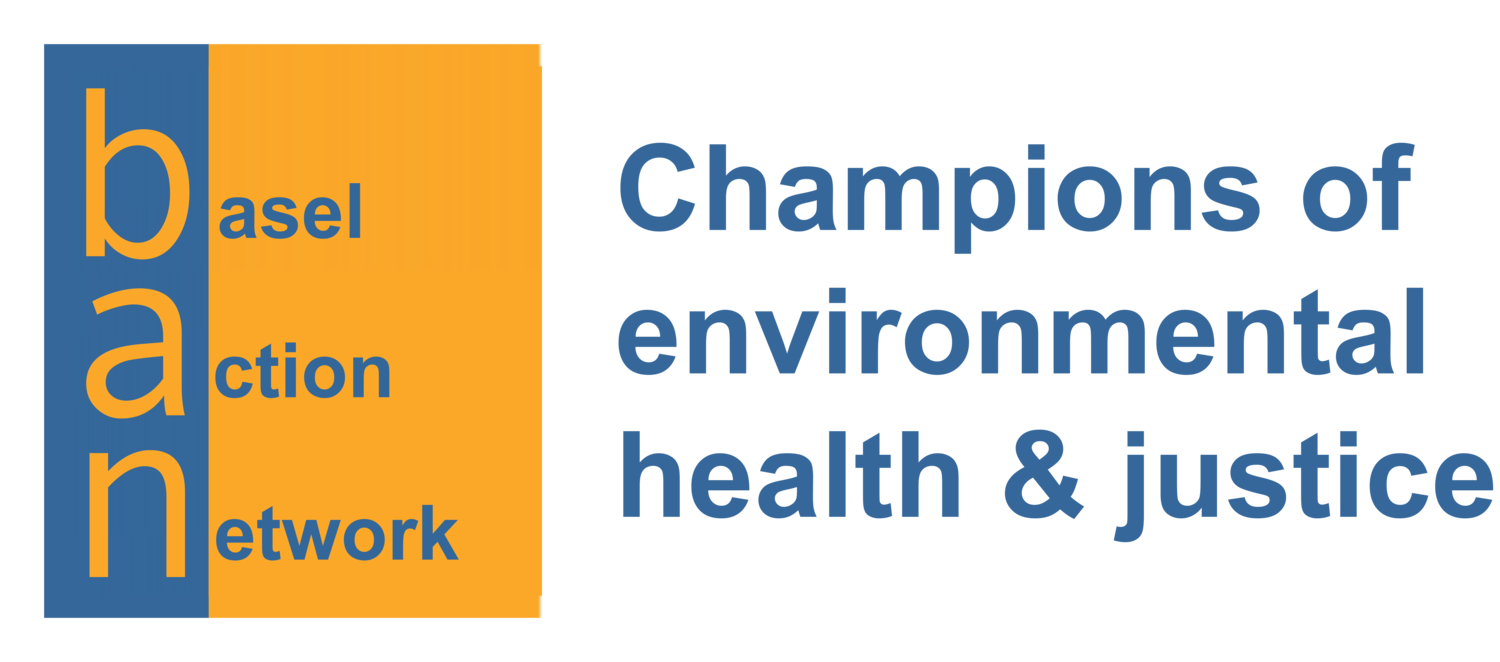How the Plastics Industry Is Fighting to Keep Polluting the World
/THE STUDENTS AT Westmeade Elementary School worked hard on their dragon. And it paid off. The plastic bag receptacle that the kids painted green and outfitted with triangular white teeth and a “feed me” sign won the students from the Nashville suburb first place in a recycling box decorating contest. The idea, as Westmeade’s proud principal told a local TV news show, was to help the environment. But the real story behind the dragon — as with much of the escalating war over plastic waste — is more complicated.
The contest was sponsored by A Bag’s Life, a recycling promotion and education effort of the American Progressive Bag Alliance, a lobbying group that fights restrictions on plastic. That organization is part of the Plastics Industry Association, a trade group that includes Shell Polymers, LyondellBasell, Exxon Mobil, Chevron Phillips, DowDuPont, and Novolex — all of which profit hugely from the continued production of plastics. And even as A Bag’s Life was encouraging kids to spread the uplifting message of cleaning up plastic waste, its parent organization, the American Progressive Bag Alliance, was backing a state bill that would strip Tennesseans of their ability to address the plastics crisis. The legislation would make it illegal for local governments to ban or restrict bags and other single-use plastic products — one of the few things shown to actually reduce plastic waste.
A week after Westmeade’s dragon won the contest, the APBA got its own reward: The plastic preemption bill passed the Tennessee state legislature. Weeks later, the governor signed it into law, throwing a wrench into an effort underway in Memphis to charge a fee for plastic bags. Meanwhile, A Bag’s Life gave the Westmeade kids who worked on the bag monster a $100 gift card to use “as they please.” And with that, a minuscule fraction of its vast wealth, the plastics industry applied a green veneer to its increasingly bitter and desperate fight to keep profiting from a product that is polluting the world.
A Bag’s Life is just one small part of a massive, industry-led effort now underway to suppress meaningful efforts to reduce plastic waste while keeping the idea of recycling alive. The reality of plastics recycling? It’s pretty much already dead. In 2015, the U.S. recycled about 9 percent of its plastic waste, and since then the number has dropped even lower. The vast majority of the 8.3 billion metric tons of plastic ever produced — 79 percent— has ended up in landfills or scattered all around the world. And as for those plastic shopping bags the kids were hoping to contain: Less than 1 percent of the tens of billions of plastic bags used in the U.S. each year are recycled.
This is not to say that we shouldn’t try to properly dispose of the array of toys, single-use clamshells, bottles, bags, takeout containers, iced coffee cups, straws, sachets, yogurt tubs, pouches, candy bar wrappers, utensils, chip bags, toiletry tubes, electronics, and lids for everything that passes through our lives daily. We have to. But we are well past the point where the heartfelt efforts of schoolchildren or anyone else on the consumer end can solve the plastics problem. It no longer matters how many hoots we give. There is already way too much plastic that won’t decompose and ultimately has nowhere to go, whether it’s mashed into a dragon container or not.
